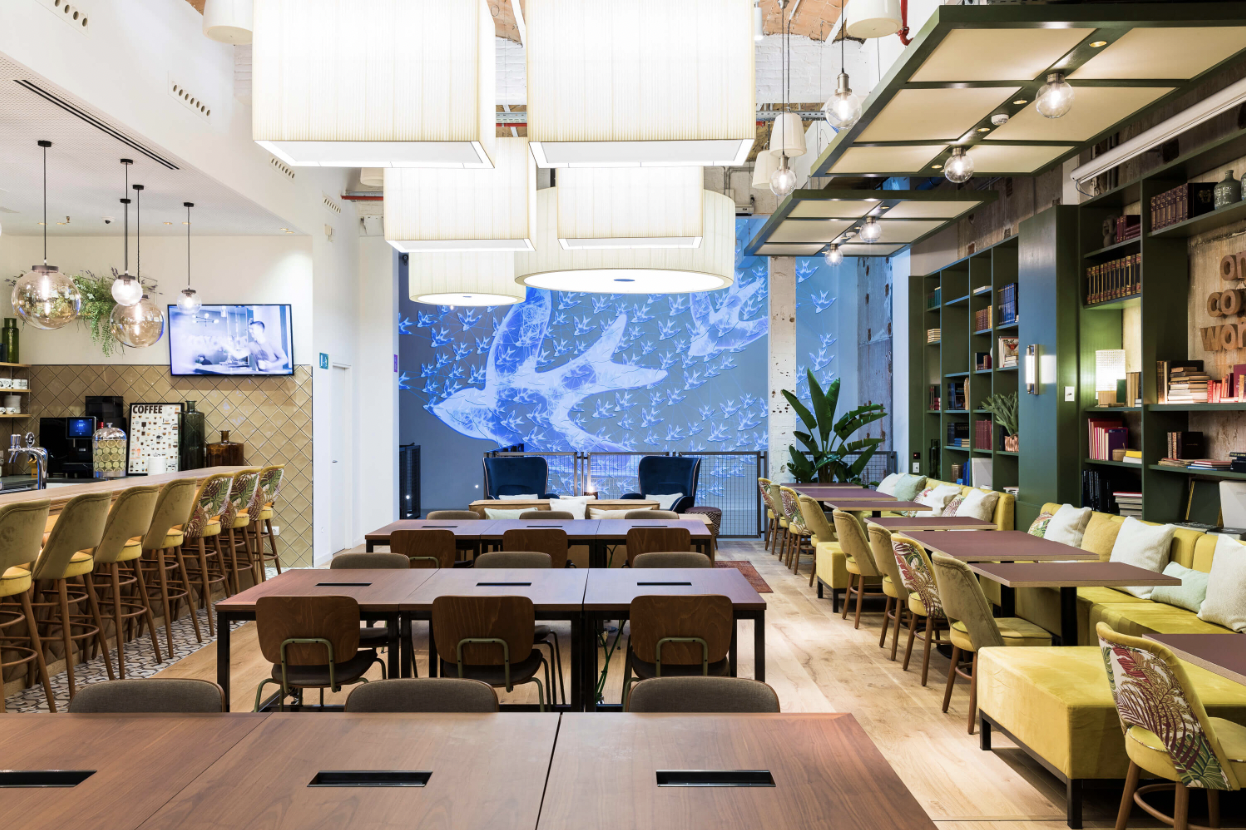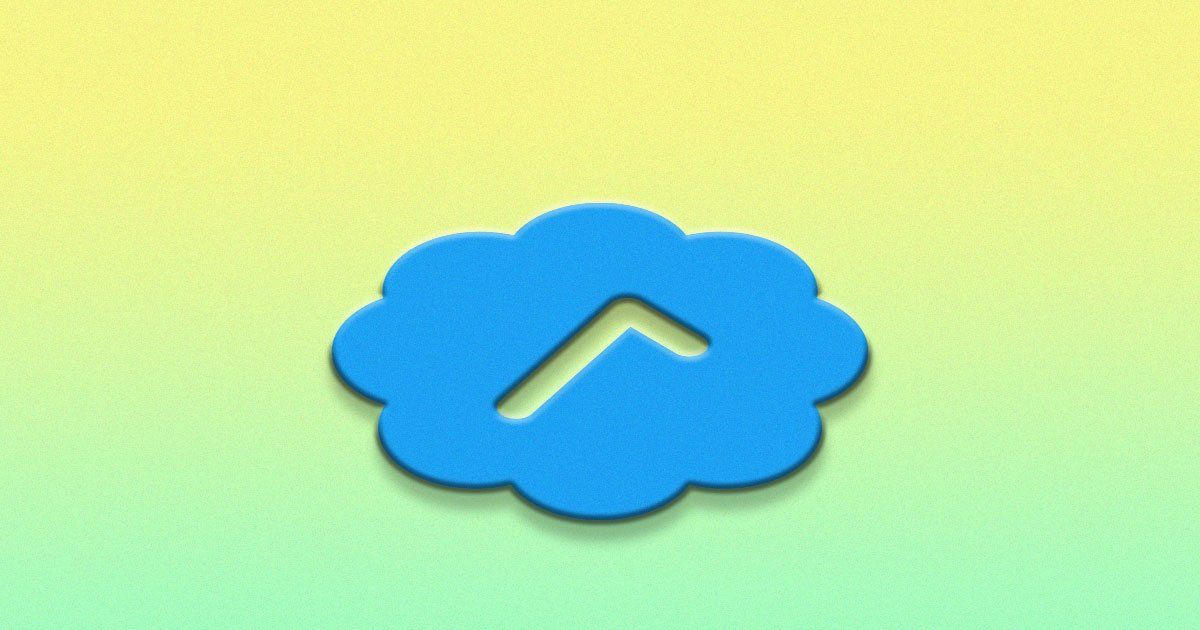
The state of special education in the U.S. leaves a lot to be desired.
advertisement
advertisement
According to the National Center for Education Statistics , 7.3 million students ages 3–21 received special education services under the Individuals with Disabilities Education Act (IDEA) in 2019-2020. That’s 14% of all public-school students. U.S. law requires education systems to integrate students with special needs, and billions are spent annually to do so.
Children with special learning needs—speech-language disorders, learning disabilities, autism and more—face personal, social, academic and employment challenges. For example, children with learning disabilities have a life expectancy 16 years shorter than the general population.
Yet the system continues to fail many of those students. Just 65% of special education students graduate high school on time , compared to 83% of overall students.
advertisement
advertisement
That’s where Amplio, a Maryland-based edtech startup that offers a learning platform for special education, comes into play.
Since the launch of the platform at the beginning of 2019, tens of thousands of students have worked with Amplio. Combining learning management systems with curricula and programs designed to accelerate student progress and empower educators, the Amplio platform combines evidence-based methodologies with artificial intelligence, natural language processing, and Big Data technologies. (It also supports both in-person and remote instruction, ensuring continuity of services for vulnerable students.)
“Amplio’s mission is to help students with special learning needs reach their full potential using the power of technology,” says CEO Yair Shapira. “Our platform is designed to help our most vulnerable students accelerate learning and set them up for success.”
advertisement
Among Amplio’s program offerings are courses in K-6 fluency and literacy, K-4 comprehension, and K-3 syntax and morphology.
The company recently launched a new program for speech-language impairments with structured protocols and learning paths that educators can use or adapt to help students meet their IEP goals faster. Educators can share ideas and results. By collecting over 15 million data points, the Amplio Learning Platform can also learn from educators and adapt continually based on what is working best to help accelerate student learning.
“There are dozens of edtech solutions serving the general education population, but these don’t work for students with special learning needs, as they require intensive instruction and interventions that are individualized to their specific needs,” Shapira says. “We also place a great emphasis on helping educators increase instructional fidelity with built-in programs and evidence-based curricula delivered through our special education learning platform while reducing their indirect workload.”
advertisement
With about 100 employees split between their Israel and US offices, Amplio has closed deals with hundreds of school districts as well as state agencies. In the process, the company has also raised $37 million from growth equity investors. The company also recently announced at the ASU+GSV Summit in San Diego that it was officially offering structured programs and evidence-based practice to help students with speech-language impairments to progress faster. That new program follows the successful rollout of the Dyslexia curricula in the first quarter of 2021.
Shapira, who holds a Ph.D. in Biomedical engineering and has served as an executive in multiple successful startups, drew inspiration for the company from his son, who has a severe stutter. “At the age of two, my son, Niv, started stuttering,” Shapira says. “He struggled to communicate and often avoided speaking.”
It was during a family dinner years later, when a then-teenage Niv grew frustrated with his stuttering and left the table, that Amplio was born. “My mother turned to my wife, Shirley, and me, and said, ‘You’re both biomedical engineers. Can’t you find a way to help Niv stop stuttering?’” Shapira says. “Four days later, I left my job and started building a team of experts.”
advertisement
Thirty-some million dollars and one company later, Shapira is answering his mother’s call to action.
advertisement
advertisement
All Rights Reserved | thetechnetwork.io
All Rights Reserved | thetechnetwork.io





